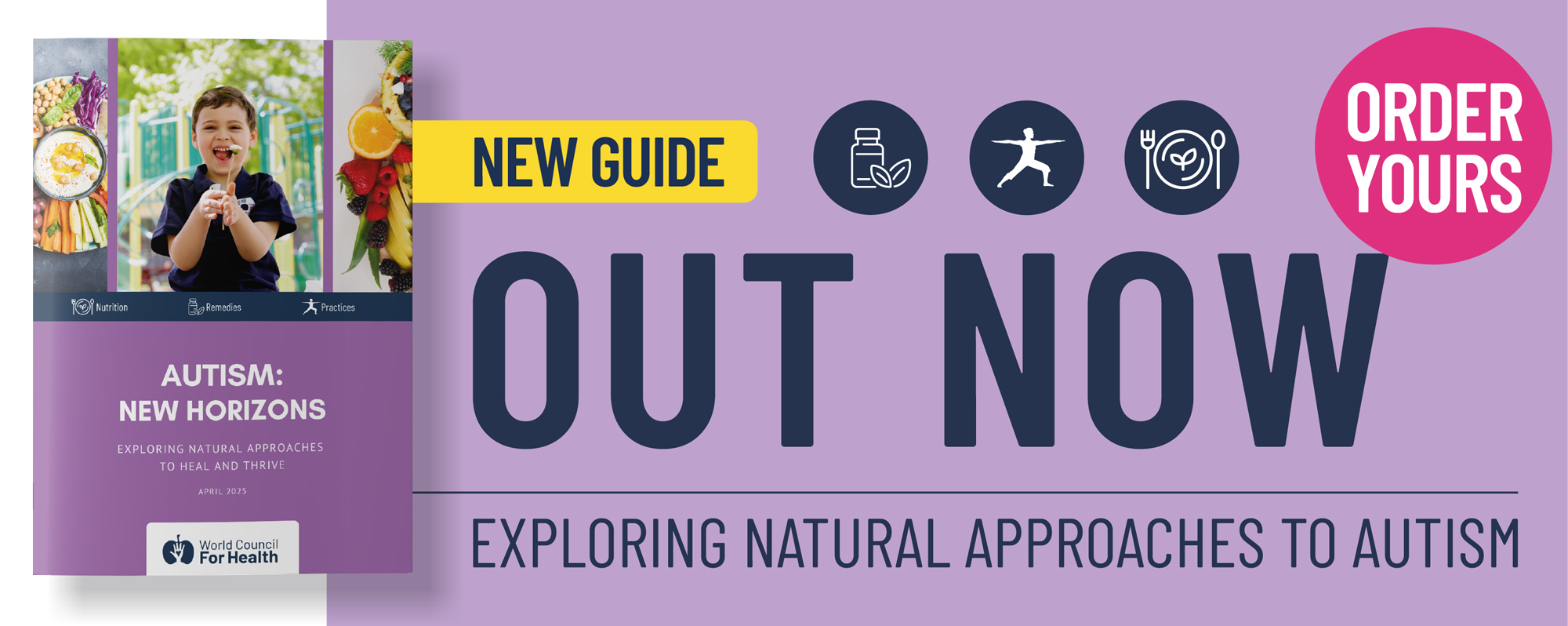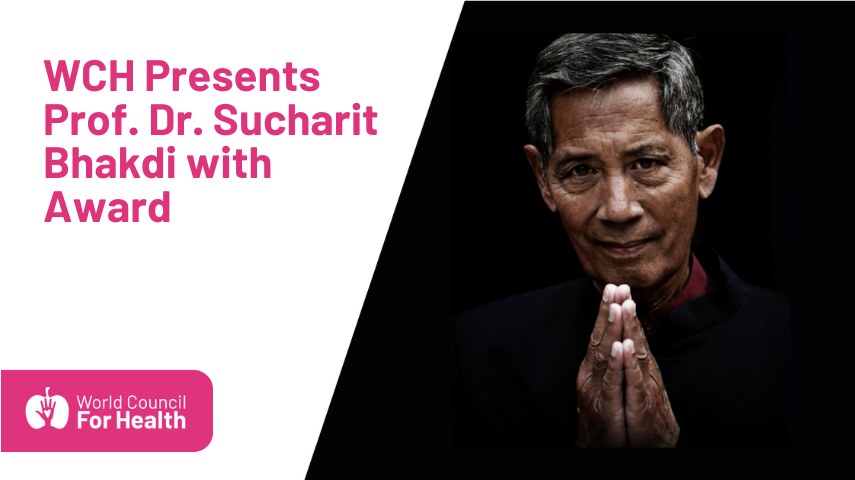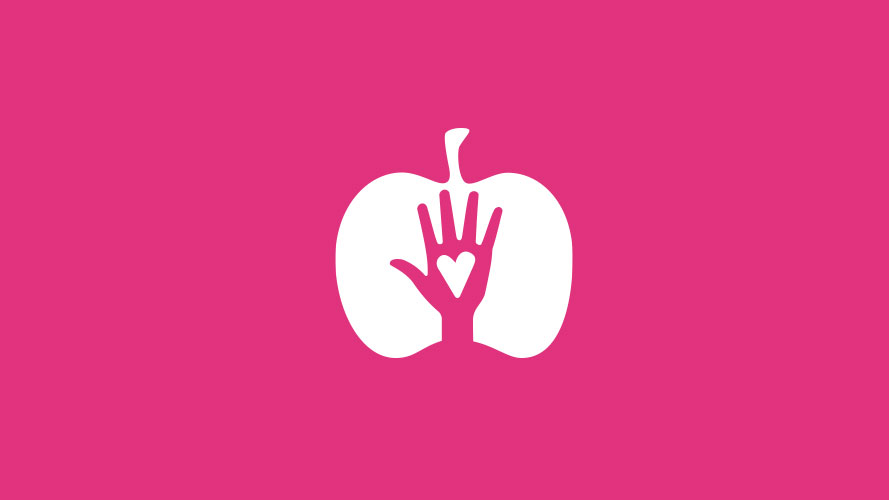When I was young, someone told me a story about the boogeyman. The boogeyman was going to get you, they said, and it was always waiting for you in the dark. For a long time, I used to look outside at night, in the dark and wonder, why I couldn’t see it.
Fear. You know it. You’ve felt it. But do you really know fear? How do you know you’re afraid?
There are some theories that suggest we are born with a handful of fears. Some theories say only two—loud noises and fear of falling. Some say they are all learned. It’s as if the number of fears is a way to suggest that you have control over some, but not others.
So what is fear really? Ultimately, it’s about you feeling safe.
Fear is your normal response to a perceived or real threat. The key word here though is “perceived”. Your brain doesn’t know the difference between what’s real and what’s not. This is because reality is managed by the meaning you give it. And most people live in their imaginations.
Consider, is there really such a thing as emotional or mental danger? Is that thought or feeling actually going to hurt you?

As the Covid-19 experience began to spread, many people began to feel unsafe and powerless. Fear became, and continues to be, consistently commonplace.
When we’re afraid, we have a sense of being out of control of our wellbeing. Our fears magnify and generalize, making us less rational. We stop asking questions, diminish learning and doubt our own ability to take care of ourselves.
Left unchecked or continually stimulated, fear reduces our ability to think clearly, use our best resources to make good choices, and creates stress that reduces our immune system function. This undermines us as sovereign individuals, and on a macro level affects how a larger community functions. Can you imagine a society of people not thinking clearly? How would they treat each other?
However, if you can learn how to reduce your fear, this keeps your mind clear, promotes wellbeing and helps those around you to remain calm and mentally healthy. It’s a win-win situation!
So, how do you do this when your fears feel out of control?

There are times when fear is appropriate, and being present with it will not be as useful as reacting automatically. But aside from surviving a large animal or other physical danger, that likely won’t happen often, or ever. Thankfully though, this generational and evolutionary response is built in.
Most fears are irrational and have been learned and conditioned over this life time. They are rooted in early learnings from your own experience or modeled from the experience of others.
When you feel fear, following these 4 keys can help you work it through, and become your best self, again.
In fact, this process can be adapted to any feelings you experience as a way of learning more about yourself. You might be surprised what you don’t know!
By becoming more conscious of how you react to situations, you’ll start to see how easy it is to self-regulate and recognize how powerful you really are. These techniques are not only designed to help you manage your fear, but to empower you to become more fully expressed by understanding yourself better. You are more powerful than you yet realize.
But before we go through the 4 “A’s”, there is one very important “B”…
Breathe!
What happens to your breath when you’re afraid? It becomes short and fast or you stop breathing altogether. So the first step is breathe deeply. We’re going to use the breath in each step.
This is your first real action and you’re first key to mastering what you’re feeling. You start to manage the fear inside of breathing instead of struggle with the breathing inside of fear.
When you think you feel afraid, take a moment to focus on your breathing. As you focus, intentionally start to slow your breathing down to half speed and manage as you go. Consciously breathe fully, deeply and slowly as much as possible. Keep in mind as well that you want to breathe at your best and always listen to your body.
This process begins to work on your fear immediately because it causes you to shift your focus onto something besides the fear. It literally gives your brain something else to do besides run away with racing thoughts you might not even be aware of. It also sends the signal that there is no real and present danger, so your physiology can reset itself.
Remember this breath step and insert it as you go.
If you want to release something right now, take a moment and think of something that creates that feeling of fear. Note that you don’t have to go into full alarm. The neural pathways simply need to be activated. Start with something that isn’t the greatest fear of your life. Now, really feel it and imagine it. Notice it fully.
Awareness/Acknowledge
Become aware of what’s happening inside you. “I am aware that I feel afraid.”

Sometimes you may believe that you’re afraid of something. But how do you really know? You can’t really see it. You can’t really touch it. So how do you know it’s really there?
The way you know you feel any feeling is that it occurs somewhere in your physiology. In other words, you feel it in your body.
Try again to focus on that fear that you’re ready to let go of now.
So, the first step, as you focus on your breath, and as you become as aware as possible of what you are feeling, notice where you feel it in your body.
As you notice it, notice your words. What are you saying to yourself? More than likely you’re telling yourself “I AM afraid of X.” You might even be rehearsing a movie in your mind with the audio track. Whatever you’re doing, become aware and acknowledge it’s happening.
Now, the power of the words you’re using cannot be understated. The words you use to talk to yourself, not to mention others, are directly linked to how you feel. Using different words can change the feeling’s intensity and literally the charge of how you feel.
“I am” is not the same as “I feel”, is not the same as “I think”, etc.
Learn to be impeccable with your words. The more you move it from permanent (I am) to temporary (I feel), the easier it will be to transform it, and release it now.
Know too, the more you dissociate, or take it out of your being and body, the less intense it feels.
Do this:
Notice this feeling you are feeling and give it a specific name. For example, “Fear of big spiders”; “Fear of speaking in front of 3 or more people.”; “Fear of being rejected by…..”
Giving it a name makes it easy to isolate, and identify as separate from other feelings you feel. As you get better with naming your feelings more specifically, and noticing where they sit in your body, you may begin to notice how different they are from each other.
Then, say each phrase to yourself, slowly:
“I am aware that I’m feeling this feeling.” Breathe.
“I am afraid of
“I feel afraid of
“I think I feel afraid.” Notice how you feel. Say this at least 3x too.
What do you notice?
Acceptance
“I accept and welcome what I’m feeling”.
Remember that fear?
What you resist persists, so welcoming it, however counterintuitive this may seem, begins to reframe the experience, from it feeling like you have to protect yourself from it, to taking your power back. You may even find yourself curious, which is the true opposite of fear. Curiosity is willing to change and learn, whereas fear is not.
Say each phrase to yourself, slowly, even out loud, as you remember your breathing:
“I accept that I’m feeling this feeling.” Notice what you notice.
“It’s ok to feel this feeling.” Repeat this 3x. Notice what you notice.
“I welcome this feeling I’m feeling.” Repeat this 3x. Notice what you notice.
“I allow myself to feel this feeling.” Repeat this 3x. Notice what you notice.
“It’s safe to feel this feeling.” Repeat this 3x. Notice what you notice.
Repeat this cycle at least once. Do what feels good. Give yourself permission.
Notice your self. What do you notice?
If at any point you feel emotional, let it come. Let it go. Be with yourself. It’s ok.
This is you beginning to take control of what you feel. This is you getting to know you better. Notice what happens as you accept and allow. Again, the words you use are incredibly important. Choose them mindfully with the intention of becoming the best version of you that you’ve ever been!
Next – Ask yourself, slowly:
“Can I choose to let go of this feeling now?”
Listen closely. Really listen.
“Can I choose to let go of this feeling now?”
If the answer is no, that’s ok. Ask differently. Change your words.
If the answer is yes, great too!
“Can I choose to let go of 50% of this feeling now?” Play with the percentages until you get a yes. Then cycle through it again, and keep melting it away..
Then, choose. Breathe.
“I allow myself to let go of X% of this feeling, now.” Repeat 3x. Slowly. Breathe. Notice what you notice.
Repeat until satisfied. For now.
What do you notice?
Action
Managing your boundaries.
What was that fear again?
Here the key is to be even more specific.
The problem with emotions is if you don’t put boundaries on them, they will simply overwhelm you. In fact feeling one thing would likely be extremely boring if it was the only thing you felt. Could you even call it a feeling if it was the only thing you ever felt?
The part of your brain that signals a response to fear is called the amygdala. This is where the fight-flight-freeze response is activated. It is also associated with how humans give value to an event, in order to decide if being afraid is the right response.
As useful as the fear response is when dealing with a real physical threat, it has become very over-extended in most people’s lives.
Another aspect of the amygdala is it may be triggered by both a real and perceived threat. In other words, it does not distinguish between real physical danger and our imagination of danger, which means we can go into a panic or distressed state by simply imagining an event or experience.
This isn’t a bad thing. This same principal allows you to experience a memory or watch a movie and feel feelings as if you’re actually there. Having an imagination is your greatest asset. It’s up to you how you use it.
You want to experience a breadth of emotions so you can live a more robust and fulfilling life. The key is to manage your emotions better, not eliminate them.
Imagine, sometimes, fear can be useful.
Fear can wake you up to taking action you might not have otherwise taken. For example, after having a cardiac event (a heart attack) you might be scared into eating healthier, being more physically fit, or reimagining the time you spend at work and with family.
Where its usefulness wanes, is when you continue to feel it after the event is over, and you’ve taken action to change, at which point it becomes irrational. This is when it can become harmful.
Creating boundaries can help remind you that your feelings are not you and you are not your feelings. Whatever you think you are, you are always more than that.
With fear, or any emotion you want to experience less of, you can begin to create/find those boundaries by asking yourself good questions and then changing your focus with intention.
So again if you feel threatened, bring your attention to your breath and intentionally slow it down. Ask yourself: At this moment, am I in danger?
“What specifically am I afraid of?”
For example, if it’s a fear of heights, is it standing on top of a tall building? In an elevator? On a ladder? On the second floor of your house?
If it’s a fear of rejection, what kind of rejection is it? By whom? From whom? Is there anyone that you don’t care if you’re rejected by? What makes them different?
If it’s fear of failure, what kind of failure? In what area of your life or relationships? Is there an area in your life that it’s ok to succeed? Is it ok to succeed at brushing your teeth every day?
You may think this is almost a silly comparison. What does brushing my teeth have to do with speaking in front of 1000 people? Consider. Take a moment, and really be with it, for more than a moment. Notice what’s different. Brushing your teeth, and talking to 1000 people..
These distinctions will help you truly and clearly define what you thought you were afraid of and set you free of what you really aren’t afraid of anymore.
Breathe.
Perhaps the whole fear goes away or becomes silly when you break it apart and it melts down.
Again, notice how you feel.
Appreciation
“I appreciate myself for…”

Here you are. You did it.
Appreciation is an important step. One might argue it’s the most important. Simply put, it feels good to feel good doesn’t it.
In fact, your brain really wants you to feel good. Even when you choose not to feel good about yourself, it’s so you can feel better about yourself. You’re not really fooling your brain. It works for you and thanks to neuroplasticity, is conditioned by what you do more of.
As for appreciation, as you practice it more now, and notice how good it feels, you will retrain your brain to direct you to this process more often.
It’s time to celebrate, even if just a little (although more intensity is better). You’ve made progress in overcoming your fear and progress is success! You’ve demonstrated to yourself that you are capable. You are powerful. You are resourceful. You have found courage. You care about how you feel.
It’s time to appreciate your self. Right now, take a moment to let that sink in. There is so much to appreciate about you.
Anchor it in. Share some words with yourself: “I did it”; “Good job”; “That felt good.”; “It’s ok.”
Smile inside, and outside.
Let others know what you did and how you did it. Sharing helps you learn it even more deeply and gives others permission to do the same.
Do something nice for yourself. Small or big. Just do something!
The more you show your brain how good it can feel to clear the fear, the easier it will be to do it again, and again, until it becomes a nicely formed habit. The key here is the more intense you allow yourself to feel that appreciation, the stronger the habit will be. And the more you do it, the more quickly and easily you will be able to do it again.
Using these keys, especially in a purposeful self-improvement exercise, will help you take ownership of yourself, return your personal and individual sovereignty and lead you into a more fulfilling life.
As you become that greatest ever version of yourself, your fears may become more manageable, or they may have disappeared altogether. They may also help you unlock deeper stories that you may want to explore with a Mind Coach, with hypnosis, or with a Therapist.
As I remember now the boogeyman in the dark, I am aware of how easy it was for my young self to accept the fear as real, not having the words or awareness to take action. I appreciate now how far I’ve come, to not only take care of my young self, but my adult self as well.








